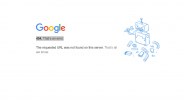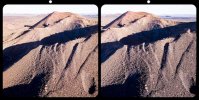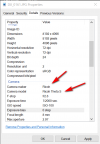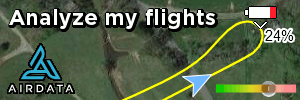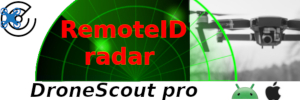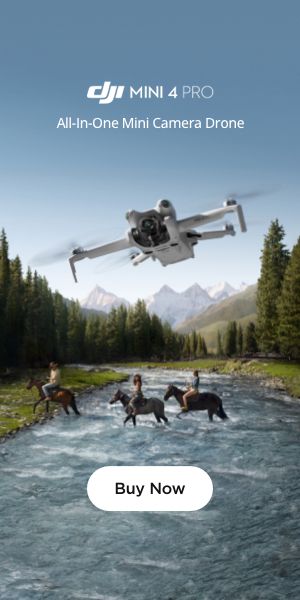That's a beautiful 360 panorama but it is NOT 3-d!
Stereo involves two different images, made from offset locations, one for each eye. It is the most difficult view type to display on a monitor or page because it requires the reader to either have something (glasses, a special viewer) or to know something (how to hold their eyes in an unusual attitude). The burgeoning field of virtual reality is all 3-d but the headsets are not cheap.
I have attached one of my more spectacular volcano ridges., two of a set of pictures made by flying my Mavic sideways. Most of you reading this will be able to see it in "cross-eye" stereo but many will not - there's the rub. You already know how to "cross" your eyes when you examine a small object up close, inches from your nose. That is not unusual because you keep it in focus as you move it closer.
To cross-eye a pair of images, try to de-sharpen your eyes and just concentrate on the pair of dots at the top. You'll see two, and then four as you cross your eyes and bring the two dots in the middle together. When they converge, you should be able to look down into the images and see the faulted cone wall "pop." The lenses of your eyes will be focused on your screen but the muscles will be controlling your eyes for close viewing - an unusual attitude. Some can, others can't, worth a try because there is so much more information in the stereo view.
I have been working this crazy volcano for 50 years, walking over it dozens of times, usually in bright sunlight. Since getting my Mavic Pro and flying at low sun angles of dawn and dusk, I have been able to see the subtle structures. I wish I could say I finally understand it but there are some drone-resistant thermodynamic problems involving the freezing and possible re-melting of rock.
View attachment 156000



